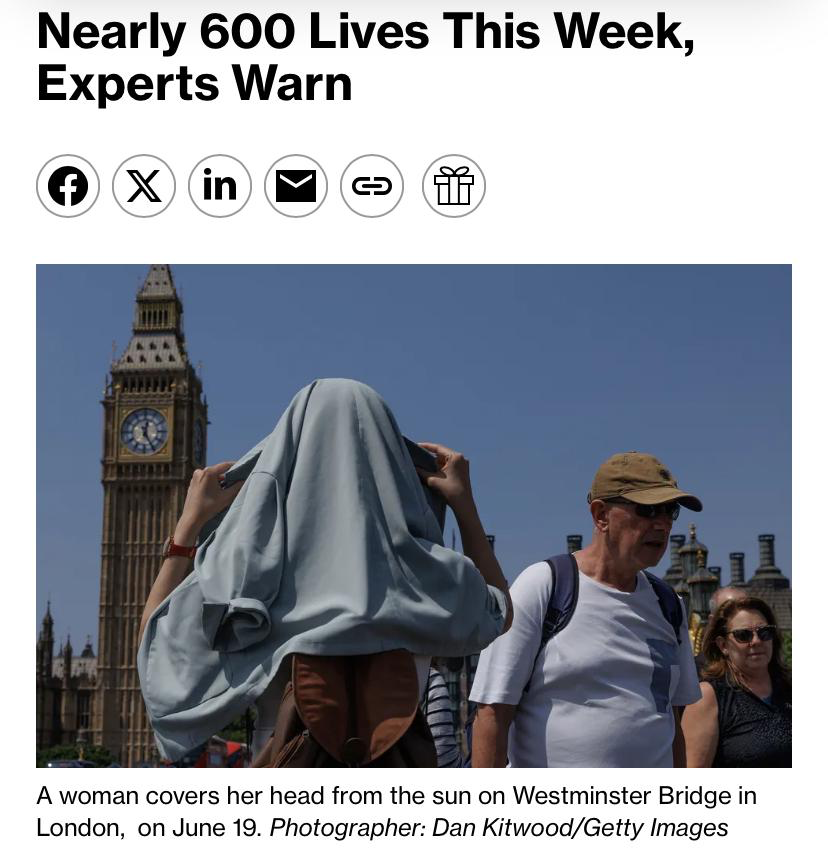Trump Aims Tariff Double Whammy at Industries, Nations by Aug.
#UNIMACIFT
#visualstorytelling
#group8
#Newanalysis
#individual
Trump Aims Tariff Double Whammy at Industries, Nations by Aug.
1. Does the image accurately represent the headline’s message?
Yes. The Bloomberg article’s image (likely featuring Donald Trump at a podium or symbolic economic imagery like factories or trade ships) aligns with the headline’s aggressive tone. The use of a strong visual of Trump conveys the personal force behind the tariff initiative, matching the “double whammy” concept of both broad and targeted trade actions.
2. What emotions does the image evoke?
The image evokes urgency and controversy:
• Urgency, because of the fast-approaching August 1 deadline.
• Controversy, as the aggressive move targets allies and global supply chains, suggesting instability.
3. Is the image manipulated or biased?
There’s no overt manipulation, but the framing may show Trump in a dominant or confrontational posture—reinforcing his role as a disruptor. This can frame the policy as bold or antagonistic, depending on the viewer’s perspective.
4. How does composition affect storytelling?
If Trump is centered, speaking, or gesturing forcefully, it:
• Centers authority on him as the decision-maker.
• Highlights power over global economic structures.
Lighting, focus, and background (e.g. flags, economic symbols) likely emphasize nationalism and seriousness.
5. Does the image add depth or just reinforce the headline?
The image mostly reinforces the headline—visually underscoring Trump’s direct involvement. It adds limited new narrative depth beyond that, unless paired with charts or infographics of the tariffs’ effects.
6. Would a different image change perception?
Absolutely:
• A chart of affected industries might emphasize economic impact.
• An image of international backlash (e.g., EU protests) might shift focus to consequences rather than intent.
• A photo of workers or factories might humanize the issue.
7. How does it compare to other images on this story?
Other outlets (e.g., FT, Reuters) have used:
• Maps of trade flows, which make the issue feel technical and broad.
• Factory or port images, highlighting the economic side.
Bloomberg’s likely more leader-focused image personalizes the policy, making it about Trump’s style and choices.
8. Is the image culturally or politically significant?
Yes. Trump remains a culturally polarizing figure, and placing him visually at the heart of the story:
• Reflects U.S. political division on trade.
• Reinforces American unilateralism.
It taps into themes of nationalism, protectionism, and
MPs Tackle Bawku, Ablekuma Violence Issues
1. Does the image accurately represent the headline’s message?
The article includes a photo (not embedded in our version) likely depicting MPs in session or security officials. This visual supports the headline’s theme—parliament addressing violence—by showing the key actors (MPs and security leadership).
2. What emotions does the image evoke?
The image likely evokes:
• Seriousness: MPs engaged in dialogue signals determination.
• Concern: Discussion of violence conjures urgency.
• Responsibility: Oversight role highlighted.
3. Is the image manipulated or biased?
There’s no indication of manipulation, but the framing could be pro-parliament, emphasizing state institutions. This may nudge readers to trust official action, subtly portraying MPs and police as agents of order.
4. How does composition affect storytelling?
If the photo centers MPs or the IGP, it positions them as authoritative and proactive in addressing crises. A solemn composition underscores the gravity of unrest in Bawku and Ablekuma North.
5. Does the image add depth or just reinforce the headline?
It reinforces the headline by visualizing parliamentary oversight. Unless it includes contextual details (e.g., maps or conflict scenes), it doesn’t deepen the story but confirms its narrative direction.
6. Would a different image change perception?
Yes. Alternative images could shift focus:
• Scenes from Bawku violence: Would heighten emotional impact.
• Journalist or civilian victim: Would humanize the story more than a parliamentary photo.
7. Comparison to other sources
Other Ghanaian outlets (e.g., ModernGhana, Ghanaweb) often include footage or images of election chaos—physical clashes or distressed individuals from Ablekuma North. By contrast, Daily Guide’s image is more institutional, spotlighting official response rather than raw events. ()
8. Is the image culturally or politically significant?
Yes. For Ghana, where political violence threatens democratic norms, showing MPs overseeing security carries cultural weight—it frames the nation as addressing unrest responsibly. It also reassures the public that democratic guardians (elected representatives) are active.
By
Hamdiya AbdulGaniyu


Comments
Post a Comment